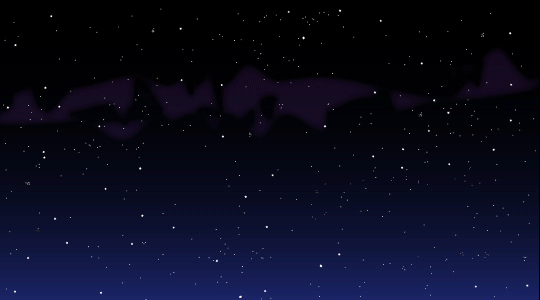
If you are north in the northern hemisphere and don’t have a cloudy or rainy night, look up after midnight after the waxing gibbous moon sets to catch the Quadrantid Meteor Shower.
The Quadrantids typically send out 25 meteorites an hour during its peak time which in 2020 is very early in the a.m. Jan. 4 and go on for a very short duration. For Central Time watchers best viewing after the moon sets would be about 2 a.m.
Where to look
Look northeast. Find the Big Dipper then look down to Arcturus, a giant red star at the bottom of the Bootes Constellation. Scientists say it is best to then look just slightly away from it to catch the long tails of the Quadrantids.
What are the Quadrantids
They are considered to come from the asteroid 2003 EHI which may have been a comet or a part of one.
Where to find more meteor shower information
The American Meteor Society, around for more than a century, has an easy to understand web site that tells what meteor showers are happening now and in the near future and what the moon phase will be for each of them.
Yes, the moon phase matters. The brightness of a full or nearly full moon makes it harder to see tmeteors flying across the sky.
The American Meteor Society, around for more than a century, has an easy to understand web site, tells when the next meteor shower is coming and what the moon phase will be then. Yes the moon does matter. The brightness of a full and even half moon, make it harder to see meteors flying across the sky.
Other good sky info can be found at Space, Time and Date, NASA and EarthSky.
